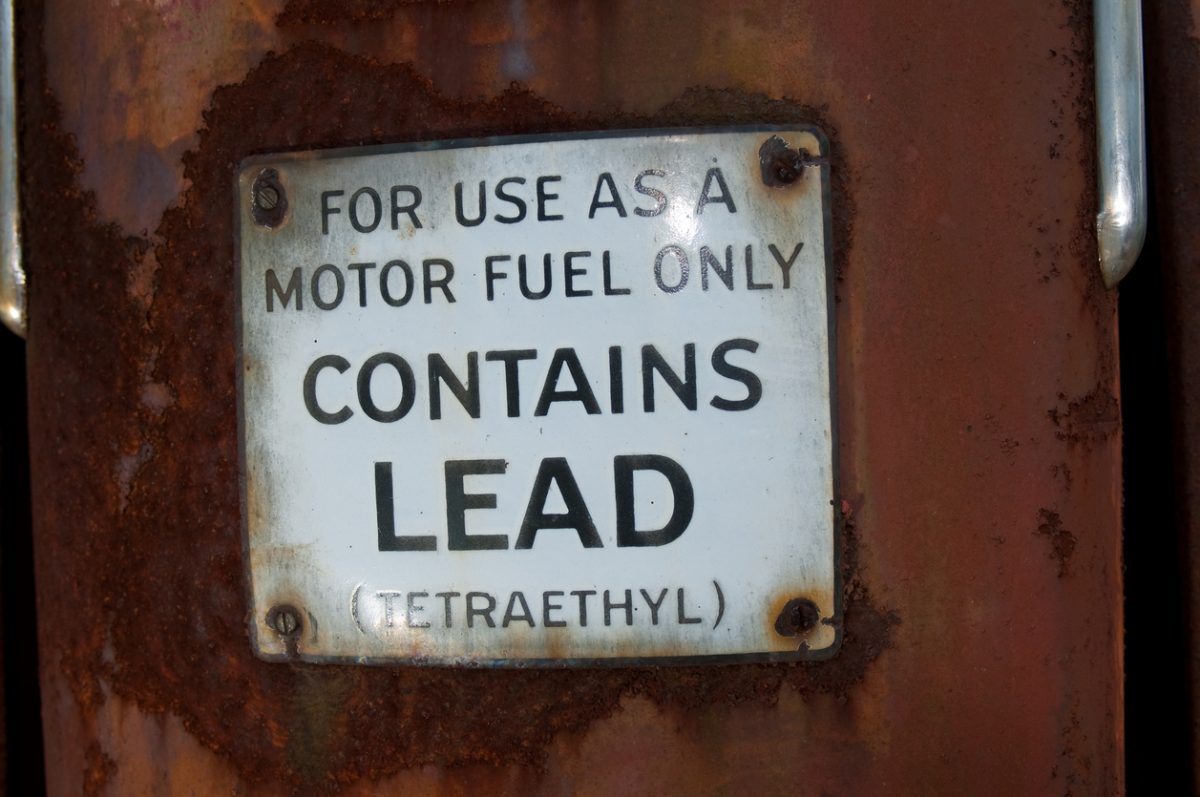We’ve known about stress – and the danger it presents – since Hans Seyle gave it a name back in the 1940s. But research continues to inform us about the forms it takes, how insidious it can be, and the havoc it can wreak.
Just looking at the raw data is stressful.
- About 55 percent of Americans admit to being stressed at some point in the day.
- More than 75 percent of adults in the United States report stress symptoms, such as headaches, fatigue, or insomnia.
- An American Psychological Association/Harris Poll survey found that “When asked to quantify their average stress level, adults … said it’s five out of 10. Still, a quarter of adults (24 percent) rated their average stress between eight and 10. This is up from 19 percent in 2019, before the pandemic.”
- The United States consistently ranks as one of the world’s top 10 most stressed countries.
The Sunday Scaries Are Real
Now research out of Canada has revealed that workplace psychosocial stressors at work significantly increase the risk of developing atrial fibrillation (AF).
The long-term study, which spanned nearly two decades and almost 6,000 white-collar workers, took a closer look at how job strain and effort-reward imbalance (ERI) at work contribute to the incidence of AF.
The study’s authors evaluated job strain using a pair of factors:
- High psychological demands.
- Low decision-making control.
The researchers discovered that participants exposed to job strain had an 83 percent higher risk of developing AF, while those experiencing ERI had a 44 percent increased risk. When employees faced both job strain and ER, their risk of developing AF nearly doubled.
Over the study period, 186 participants developed AF. And the findings held up even after adjusting for age, sex, education, lifestyle choices, and clinical risk factors.
The study also conducted multiple rounds of sensitivity analyses to ensure the robustness of the findings, such as excluding AF events that occurred within the first five years of follow-up and censoring participants at retirement. The results consistently showed that psychosocial stressors at work are significant predictors of AF, independent of other cardiovascular conditions.
The researchers concluded that reducing job strain and ERI in the workplace could be an effective strategy to mitigate the risk of AF and the complications that come with it. As a result, the authors pushed for increased clinical awareness of the impact of work-related stress on cardiovascular health and suggested that workplace interventions could help.
It seems as if Selye was right when he said “It’s not stress that kills us; it is our reaction to it.”
Sweating the Small Stuff
On a (somewhat) lighter note, mobile video game maker Solitaired just released the results of its (unscientific) poll that show it’s the small stuff that’s stressing most of us out.
What they found:
- On average, roughly one out of five Americans admit to “sweating the small stuff” too often.
- That small stuff typically included losing something (however briefly), a lack of Wifi, or normal, everyday traffic.
- And 44 percent of us concede that we let it ruin our entire day. And 56 percent of us are embarrassed about it.
- And New Yorkers, Iowans, and Nevadans appear to be the most vulnerable to stress out over the little things.
“Overall, we found younger generations are more likely to stress over minor inconveniences than older generations,” Solitarired co-founder Neal Taparia wrote about their findings. “Similarly, Gen Zers are the most likely to let small stuff ruin their day.”
Further Reading
The Association Between Sleep Disturbances and Perceived Stress in Substance Use Disorder Treatment



